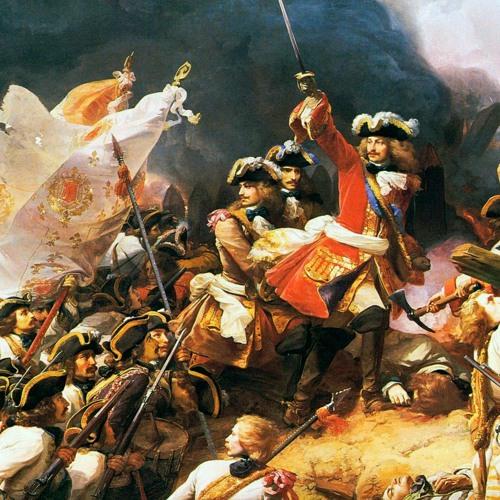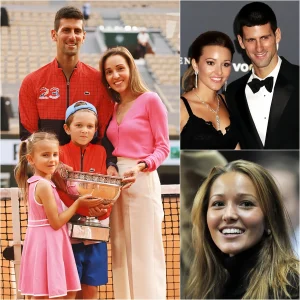The debate over the role of education in shaping the future generations’ values and beliefs is one that has been ongoing for years. Recently, a hot-button issue has emerged in the form of a confrontation between two vastly different approaches to teaching history in schools: patriotic history and critical race theory (CRT). As tensions rise and national debates unfold, it’s essential to explore both sides of the argument and understand the implications of each approach in educating young minds.
Patriotic history has long been a staple in many school curricula across the United States. This perspective emphasizes the positive aspects of a country’s past, highlighting achievements, sacrifices, and the values that have contributed to national identity and pride. Supporters argue that teaching patriotic history instills a sense of unity, pride, and respect for the country, fostering a connection to the nation’s founding principles. By focusing on the ideals of freedom, liberty, and democracy, proponents believe that students develop a strong sense of patriotism and a deep understanding of the sacrifices that have been made to uphold these values.

On the other side of the debate, critical race theory has gained significant traction in recent years, particularly in academic circles. CRT, which originated in legal studies, aims to examine and address how race and racism intersect with social, legal, and economic systems. In an educational context, proponents argue that CRT offers students a more nuanced and comprehensive understanding of history, encouraging them to think critically about how systemic racism has shaped societies throughout history. Advocates believe that teaching CRT allows students to confront uncomfortable truths about the past and present, giving them the tools to analyze and challenge inequalities in modern society.
The question of whether schools should prioritize patriotic history over critical race theory is not just an educational one but also a deeply political issue. Some argue that teaching patriotic history is essential for fostering national unity, especially in a time when the country seems increasingly divided. By focusing on shared values and accomplishments, supporters contend that schools can provide students with a sense of purpose and belonging, helping to bridge the gaps between different political, racial, and socioeconomic groups.
Critics of critical race theory, however, argue that it risks fostering division rather than unity. They fear that an emphasis on race and systemic injustice might lead to a sense of victimhood or resentment among certain groups, further exacerbating societal rifts. Furthermore, some feel that CRT’s focus on the darker aspects of history could diminish students’ sense of national pride, particularly if it challenges the traditional narratives of heroism and progress that have been central to patriotic history.
However, proponents of critical race theory argue that ignoring the full scope of history – including the injustices and inequalities that have marred it – does a disservice to students. They assert that a complete education must include an honest reckoning with the past, acknowledging both the triumphs and the failures. By teaching CRT, they argue, schools help students develop critical thinking skills and an understanding of how history continues to shape contemporary issues like racial inequality, economic disparity, and social justice movements.
The debate over which history to teach is also tied to broader discussions about how education should serve society. Should schools aim to create loyal, patriotic citizens who view their country through an idealized lens, or should they prepare students to become critical thinkers who question systems of power and seek to create a more just society? The answer, of course, is not simple, and there may be room for a more balanced approach.
Some educators and policymakers propose integrating both patriotic history and critical race theory into curricula, providing students with a broader and more diverse perspective. By teaching the accomplishments and ideals that have shaped the country, alongside an honest exploration of its flaws and injustices, schools can give students a more well-rounded understanding of history. In this way, students could gain a sense of pride in their country’s achievements while also acknowledging and learning from its past mistakes.
In the end, the decision about whether schools should teach patriotic history or critical race theory is not just about what is taught, but about the values that are passed on to future generations. Whether focusing on national pride or systemic injustice, the way history is taught shapes the way students view themselves, their country, and the world around them. It is a decision that will have far-reaching implications for the kind of citizens and leaders the nation will produce in the future.

As the debate continues, it is crucial for educators, parents, and policymakers to engage in thoughtful, respectful dialogue about what kind of education best serves the needs of all students. Only through open conversation can a more balanced, inclusive, and productive approach to history education emerge – one that truly prepares students to engage with the world in a meaningful way.






